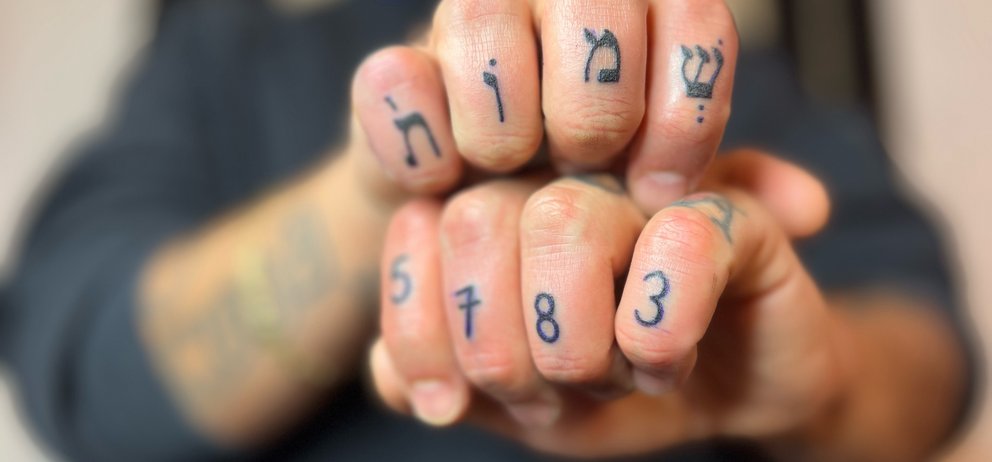Your previous works were always preceded by quite extensive research, which you worked on with a research partner for several weeks to then share this research in a so-called seminar with the whole team. How can the creation of a work of yours be imagined?
The process often starts from a question or a set of questions. As you mention, I would then do a deep dive into these questions together with a research partner, and we will build an extensive inventory of images, texts and videos that will be the source material for the show. We share them with the team and encourage everyone’s associations. Then we improvise together and the piece starts to emerge. At the final steps of composition, it would lean towards the abstract or absurdist, tightly composed and performed with an emphasis on both entertainment and experimentation. The backbone of research is still there, implicitly: it grounds the piece from within, like foundations of a building, while still letting it grow in strange ways. So maybe it can be imagined as a mutual meditation; it brings many voices together, in a way that maybe won’t “say” too much but will always DO a lot.
The research for your works reaches from ancient histories to contemporary pop culture. With regards to content, which are the corner points for “The Names”? And what is the title all about?
Starting to think about the show, the writer Senthuran Varatharajah and I decided to get closer to biblical narrative, and were specifically intrigued by the figure of Moses: the first prophet who was not only reluctant but also had a speech impediment. We then checked what’s the Torah portion (the weekly biblical portion Jewish people in the Synagogue) assigned to the week of the premiere, and found out that it’s one telling the story of the birth of Moses. It’s the first one in the book of Exodus, that in the original Hebrew is called the book of “Names”. So, we decided to name our piece after it, and started looking closely at the text. Then, with the whole team, we had a week of communal torah study, where we analyzed the story, abstracted it to its formal elements and made it into a score. All the contributing artists then took this score as the outline for what the content would be. We ended up with another rich, strange, multilayered and intense composition, but this time stemming from a free interpretation of a biblical text.
“10 years Ariel Efraim Ashbel”! What to expect in 2023?
First of all - OMG. I honestly cannot believe it’s been a decade already. I feel so privileged to be surrounded by all these talented, kind and funny people who choose to spend time with me. Reflecting on the work we’ve done since 2013 fills me with gratitude and love for this circus family we’ve built. To celebrate, we’re planning a year of festivities. In the spring, we will make two new holiday shows in collaboration with HAU: for Purim, the Jewish carnival, we will host a dress-up ball; and in Pessach, the spring ritual of renewal, a performative walk between the Jewish Museum and the HAU. Then at the end of the year we will present a large-scale musical extravaganza at HAU1 with the working title “Fiddler on the roof”, celebrating what it could mean to be Jewish in Europe today. And I’m sure more surprises will come up throughout the year, so stay tuned!
The questions were asked by Petra Poelzl, dance and performance curator at HAU Hebbel am Ufer.
